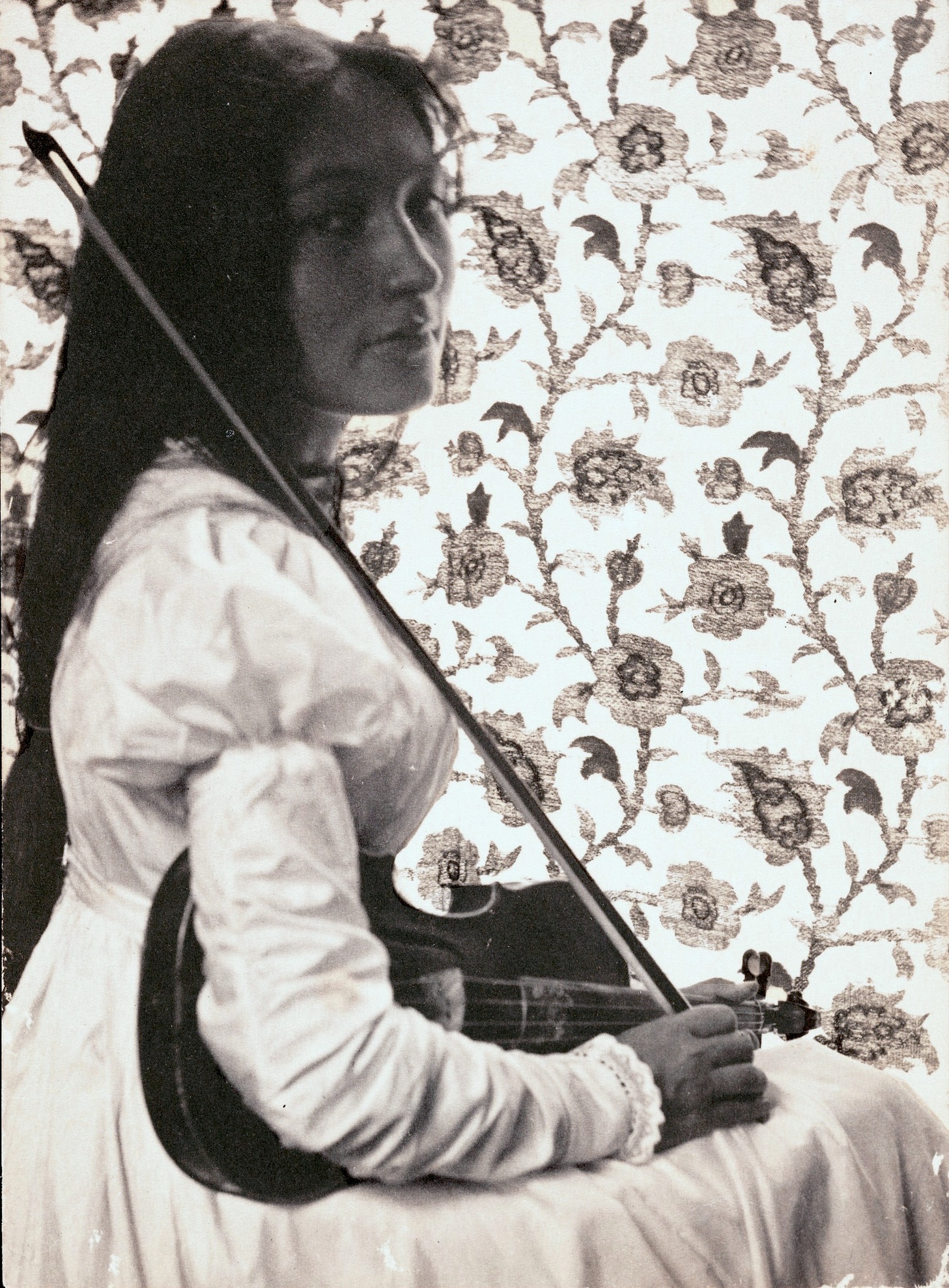The feminists in the (unfinished) battle for suffrage in Indian Country
Indigenously
This story is a project of the Indigenously newsletter. Subscribe today.
It took the better part of a century to pass a law saying American women had the right to vote. It took even longer to deliver this right to Indigenous women — which really short-changed all Native Americans.
For the longest time, the word “suffrage” has been aligned with the historic passage of the 19th Amendment, a decree ratified a century ago, this week, outlawing discrimination of voters on the basis of their sex. But in reality, such shorthand, couched in twentieth-century white feminism, was exclusionary. The right to vote in Indian Country tells another side of this struggle in which Indigenous women were on the frontlines from the start.
While the 19th Amendment represents a cornerstone of gender equality in America, few know about the way the vote was won or the limitations it imposed on people of color. Public school curriculum often portrays this history of the suffrage movement through the important advocacy of notable white women, Elizabeth Cady Stanton and Susan B. Anthony.
But there were so many more who helped make female suffrage possible; a few of them were Indigenous women: lawyers such as Marie Louise Bottineau Baldwin of the Turtle Mountain Chippewa Tribe, Yankton-Sioux writer, Gertrude Simmons Bonnin also known as Zitkala-Sa, and Omaha lecturer Susette La Flesche Tibbles.
Leading up to the ratification of the 19th Amendment on Aug. 18, 1920, these Native women participated in suffrage parades, made compelling speeches, and wrote commentary that would likely have gone viral, today. But more intriguing, Indigenous women were the source of inspiration for the movement’s lead organizers, Stanton and Matilda Joslyn Gage. The women, two New Yorkers who lived on the colonized homelands of the Iroquois Confederacy, wrote how they grew motivated to make lasting voting rights change after recognizing the roles women played in the tribes. Then as now, the Confederacy’s six nations of the Onondaga, Mohawk, Seneca, Cayuga, Oneida, and Tuscarora functioned as a government based on female authority in which Haudenosaunee women maintained authority over their subsistence economy. They also had final authority over land transfers and decisions about engaging in war. And they practiced a structure of political power shared equally among all clan families and their members — a pure democracy — what also inspired the birth of the United States. Gage and Stanton, colonial women, lived under realities that were the mirror opposite of the Haudenosaunee. Women’s Vote Centennial, the official site commemorating the 19th Amendment anniversary, notes the white gender dynamics of the era: Another source for Gage and Stanton’s inspiration came from remarks Native American women had made at the 1888 International Council of Women, the first meeting of women’s rights advocates in the Western world. Historians noted that Native women from across Indian Country were the only suffragists in attendance who held legal right to their own possessions or property. Yet, these societal structures were the target of aggressive colonization tactics of the era steeped in Christianized ideology and racist “civilization” policies. In this regard, suffrage for Indigenous women represented a greater purpose: their sovereignty. One ethnographer noted a Native attendee’s views at the time: However, such advanced equality recognized and embraced by Indigenous women is, yet, one more example of the injustices befallen on Indian Country — a direct result of America’s lasting lust for land. The taking of tribal territory also took away gender equality for Native women. Today, we see the grave outcome of such disruption in the countless number of cold cases involving lopsided rates of deaths and disappearances of Indigenous women, girls, and transgender people. These parallel realities of historic colonization and modern-day crime rates are not a coincidence when reflecting on the Native suffrage timeline.A century after their fight for woman suffrage in the US, Ida B. Wells, Marie Louise Bottineau Baldwin, and Dr. Mabel Ping-Hua Lee are featured in GIFs by @USNatArchives @smithsonian @librarycongress
— US National Archives (@USNatArchives) August 7, 2020
Find them and share them using #19SuffrageStories!#ArcivesGetsTheVote pic.twitter.com/PVLLSVFjCc

Jenni Monet is a journalist and tribal citizen of the Pueblo of Laguna. She reports on Indigenous rights and injustice in the U.S. and the world. This article originally appeared independently at Indigenously.
Join the Conversation
